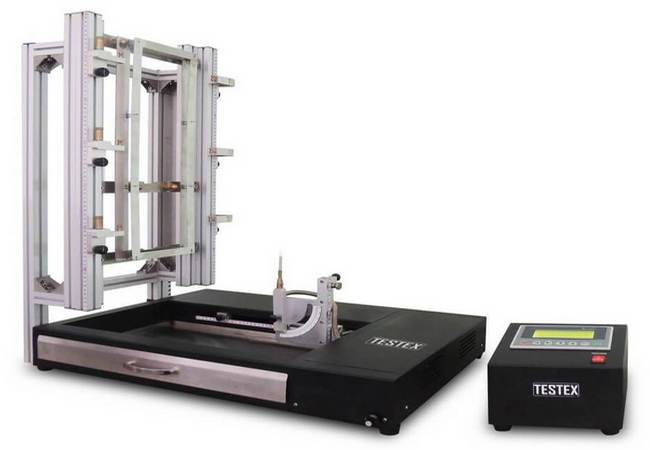Importance of Flammability Test in Apparel Manufacturing Industry
Many people are already asking what this means in the apparel Industry context. However, do you know it is normal to expect a 100% cotton shirt to burn in a fire? Now, think about the danger inherent in the ignorance or avoidance of these necessary tests. This article is about the Importance of the Flammability Test in the Apparel Manufacturing Industry.
Every government has its specifics as it concerns safety, especially in the textile industry, and due compliance is required of the concerned manufacturers. In the US, there are stringent flammability requirements for garments and apparel generally, while the EU has no regulations whatsoever for wearing apparel. As much safety as the attached regulations provide, there are also possible chances of meeting the consumer demand for top-quality textiles or fabrics. Let’s find out the Importance of the Flammability Test in the Apparel Manufacturing Industry below:

Why Should Flammability Testing Apply in the Apparel Industry?
Testex, being the only company in China that concentrates on Textile Testing Equipment has loads of products that support every government regulation that relates to flammability in the garment industry. Some of these products include:
1. Instruments:
By property (abrasion/pilling/snagging, bursting/tear/tensile, colorfastness testing, impact, appearance, climatic chamber)
By application: Cotton/wool/fiber, yarn, fabric, toy, geotextiles, sampling, gloves/socks.
By standard: ISO Standards, ASTM Standards, BS Standards, EN Standards.
2. Consumables:
By Property and by standard (ISO, ASTM, AATCC standards)
There are risks attributed to wears based on the material they are made of and from, the instruments with which they were made and others. These risks sum up to prompt the necessity of flammability regulations that should be strictly followed.
Flammability test is just one of the very many textile testing solutions that garment manufacturing industries have to pay more attention. It is all about ensuring the materials used in producing the fabrics and the equipment comply with the flammability regulations and these requirements, of course, have to be met before the products are sold.
The physical, chemical, and mechanical properties of textiles generally and the fibers (artificial or natural) that make them up have ASTM textile standards that provide certain specifications and test methods for them. Textile testing aids production, distribution,n and eventual consumption of the product. This is an essential process because the length, fineness, color, and other factors are detected adequately with an enhanced, as well as efficient, output of the production. Moreover, the testing enables adequate evaluation of the garment’s quality.
Flammability test has the significant responsibility of testing and rating the textile’s flammability to make sure flammable clothing is not used to prevent injuries. The flammability test focuses on children’s sleepwear and wearing apparel as a whole.
Children’s sleepwear is expected to be flame-resistant clothing using the 16 CFR 1610 Code of Federal Regulations. The flammability of the sample sleepwear is evaluated for how long it takes to burn. This will prevent every form of injury or probable death that might occur. Furthermore, the flammability test aims at avoiding burn incidents in children who are ignorant of what they have on or what they were made from and with.
To reduce fatalities related to clothing, avert dangers, and prevent death, it is crucial to conduct flammability tests. There are possible dangers of injury and loss of life with the use of the equipment in the garment industry. More importantly, the aftermath of the creation is the sole responsibility of the provisions and regulations placed on flammability tests.
Common Flammability Testing Methods:
- Vertical Flame Test (ASTM D6413) – Measures how quickly a fabric burns when exposed to an open flame vertically.
- 45-Degree Angle Test (16 CFR Part 1610) – Used for general apparel to assess ignition and flame spread.
- Horizontal Flame Test (ISO 3795) – Evaluates flame spread rate in automotive and upholstery fabrics.
- Limiting Oxygen Index (LOI) Test (ASTM D2863) – Determines the minimum oxygen concentration needed to sustain combustion.
- You may love to read: Fabric Testing Machines List in the Textile Industry.



